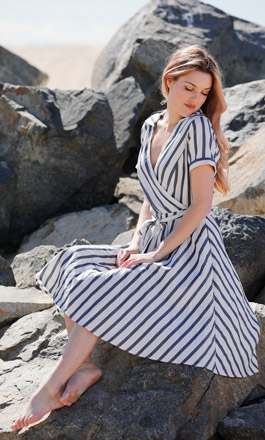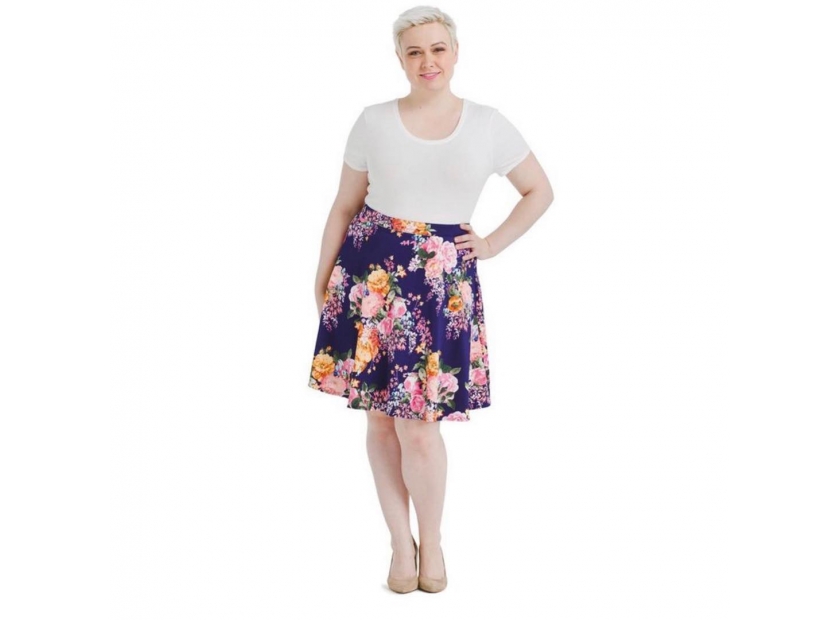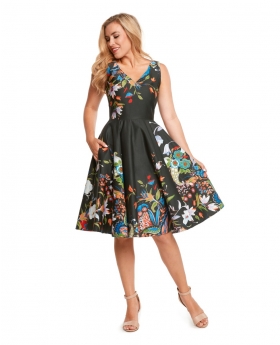Plus Size Retro dress is sometimes hard to find
Finding plus-size vintage outwear sometimes is challenging, let’s tackle this subject a bit. Why is plus size vintage shopping so hard?
A typical response to this inquiry may be that everybody in the twentieth century was littler than individuals today. To be sure, grown-up stoutness rates in the US developed from midcentury into the 1990s and up until the mid-2010s, before leveling. (There are racial and financial differences that excessively influence minorities and low-income individuals, obviously.) Statistically, the extent of overweight and obese individuals is more significant today, yet those individuals still existed in the twentieth century.
To more likely comprehend the absence of readily available vintage inspired plus-size dresses, it's imperative to analyze fundamental causes, not population information. There was a concise timeframe in the mid-twentieth century when retailers organized the assembling and promoting of "stout wear" (the term from around 1915 to 1930 to represent sizes past the normal range). In the timeframe just before World War II up until the 1980s, retailers overlooked stout wear and larger size ladies for an increasingly thin physique.
The development of the "elegantly" slender midcentury body perfectly harmonized with the rise of the ready-to-wear industry and the large scale manufacturing of apparel, which generally led to plus-size swing dresses being forgotten. Ladies whose bodies fell outside the social norm size range were thus compelled to make their very own garments.
Stout wear retailers changed their strategy then, and there was another market for 'chubby patterns' during the '50s, as they were called, however, it took care of young ladies and teenagers´ interests. After stout wear finished and before plus size during the 1980s developed, ladies were sewing for themselves.
The combination of survival predisposition and the absence of mass production of larger size apparel between the 1930s and '70s leads us to where we are today: with a profound deficiency with regards to accessibility of chic, 1960s plus-size dresses.
The edges for most style designers are quite slim, so if a brand decides to extend their sizing, they need to know if their vintage-inspired plus size dresses will be bought by customers and basically are demanding.
Going back to the topic, here is what some plus size consumers say about their challenges and what is missing in the market:
- There is a serious shortage of cute dresses for plus size
- There is so much polyester in plus size dresses
- The models they use to show plus-sized clothes are not true plus sized people
- There is a lack of sophisticated and flattering looking clothes for plus size
- Not all plus size girls are tall
So as you see it’s a bit challenging to go shopping when you are plus size. What do you think? What is your intake?
We'd like to hear from you, if you have any questions or comments, drop us a note here at our contact page or share through our facebook page.








